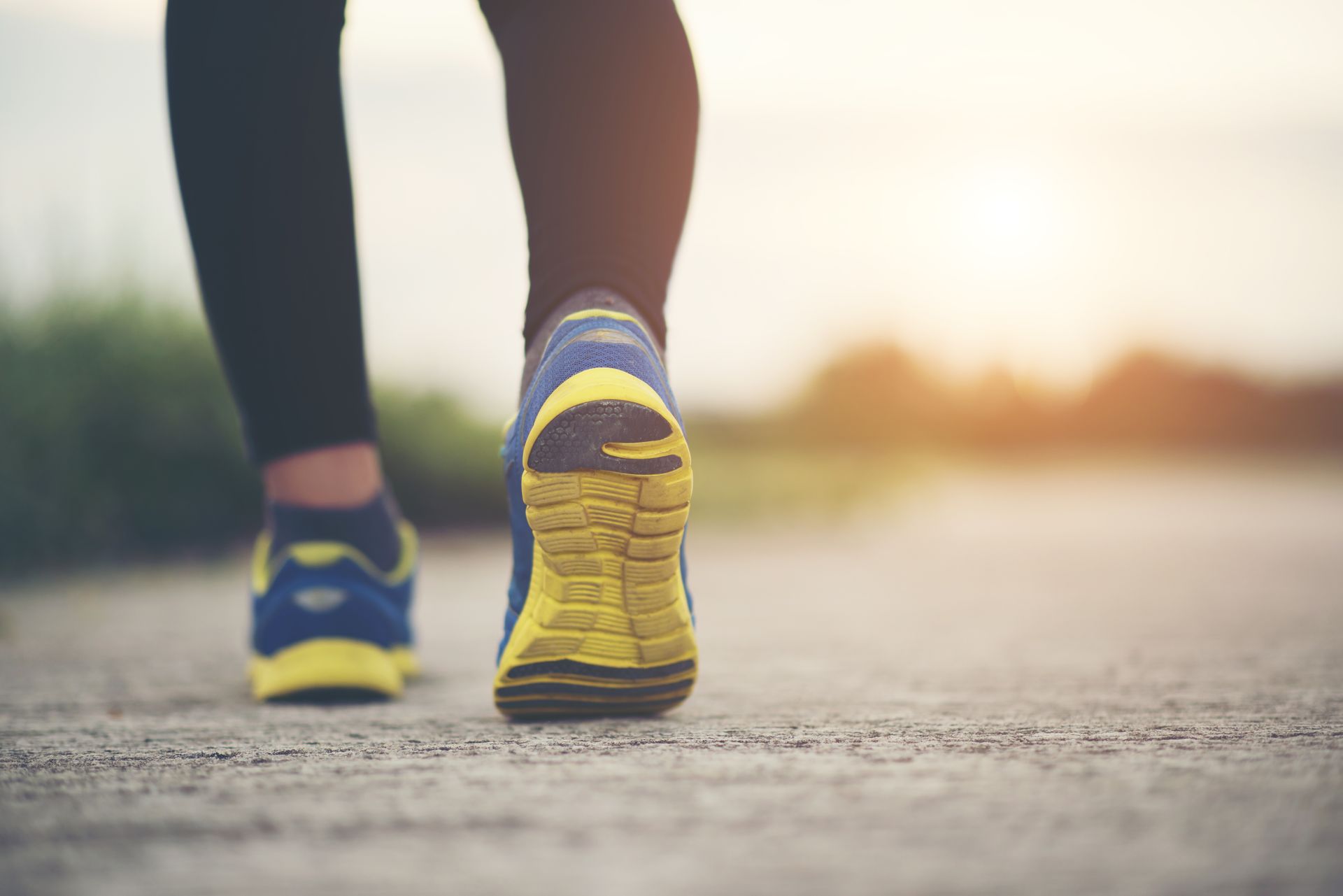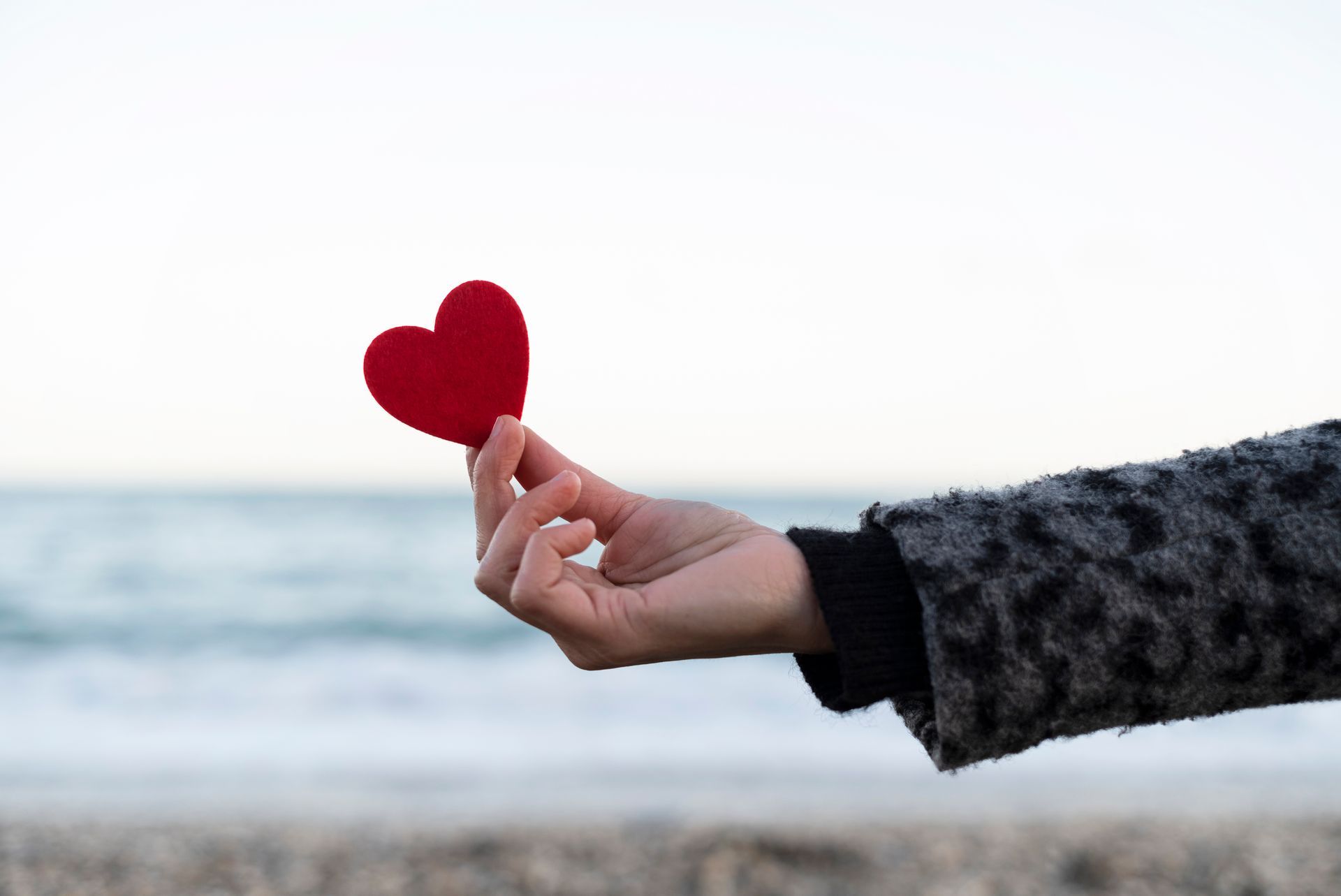How Vein Specialists Classify Venous Disease
Originally posted in December 2021 on Healthy Cells Magazine.
Venous disease can take many forms, from spider veins to venous ulcers. Here’s how to spot the different stages and determine the most effective treatments for each.
More than 30 million people suffer from some form of venous insufficiency, but not all display the same symptoms. Varicose veins are the most common sign of this condition, which occurs when the valves in the veins struggle to pump blood back up to the heart.
Although vein problems are common in the legs and thighs, they are unique in everyone. Some might not have any visible abnormal veins. Some might have only spider veins and others might have spider and varicose veins. Or even worse, some may have an open sore (an ulcer) on their leg. In addition to being unsightly, vein problems are unhealthy and can cause a whole variety of symptoms. This makes it difficult to describe vein disorders in the scope of this article and discuss which treatments might be best for the various types of vein issues.
In order to decrease confusion and have a standard way to talk about vein problems, a classification system was created that is called CEAP. This acronym stands for:
- Clinical – what the patient’s veins look like
- Etiology – whether the problem is inherited or not
- Anatomy – which veins are involved
- Pathophysiology – in which direction the blood is flowing (either normal or abnormal flow) and whether blood flow is blocked.
According to the CEAP classification system, there are seven stages of venous disease. Some types cause mild discomfort, while others result in severe pain. Below are the signs and symptoms of each, along with treatment options to manage all types of venous insufficiency.
The 7 Stages of Venous Disease
CO: In this stage, there are no signs of venous diseases. Generally, this means that the veins are functioning normally and able to return blood to the heart.
C1: Spider Veins. Also known as telangiectasia or reticular veins, these red, blue, and purple veins rise to the surface, typically on the legs, upper thighs, and around the ankles, in a tangled pattern. When found on the legs, spider veins may indicate “hidden” underlying venous disease.
C2: Varicose Veins. When blood doesn’t pump back to the heart because the valves in the veins are under too much pressure, the veins start to swell on the surface of the skin. Varicose Veins often cause the legs to ache, cramp, and itch. Many patients also report a heavy feeling in the affected area.
C3: Edema. Venous insufficiency may lead to swelling in the legs. In fact, it’s the most common cause of lower extremity edema in adults over 50. To manage the edema, the underlying cause must be treated. Certain therapies can help to bring down the swelling, such as compression garments.
C4: Skin Changes. Venous disease can change the texture, color, and overall look of the skin. Eczema and discolored blotches are two signs that venous insufficiency has altered the skin.
C5: Healed Venous Ulcer. Due to excess pressure on the veins and restricted blood flow, tissue may die and form an open ulcer. Once flow is returned to normal, the ulcer tends to heal on its own.
C6: Active Venous Ulcer: Though only seen in 1% of the population, active venous ulcers can be debilitating for the sufferer. Prolonged compression therapy, however, is useful in treating the condition. Fortunately, if the patient goes through early endovenous ablation and compression therapy, the wound often heals faster.
The different stages of venous disease respond best to a customized approach based on the patient’s unique symptoms. Fortunately, today’s patients have many choices of non-invasive procedures. Wearing compression stockings and avoiding long periods of sitting or standing can reduce the symptoms of venous disease but won’t resolve the underlying venous disease.
Schedule an evaluation at the ONLY FULL-TIME Vein Clinic in downstate Illinois. During your initial consultation, one of their doctors will determine the underlying cause of your leg discomfort, explain your treatment options, and then guide you through every step of your procedure and recovery. Call The Vein Specialists at (309) 862-4000 or visit them online at www.ILveins.com. They have convenient locations at 3302 Gerig Drive in Bloomington or 2011 Rock Street, Suite D2 in Peru.

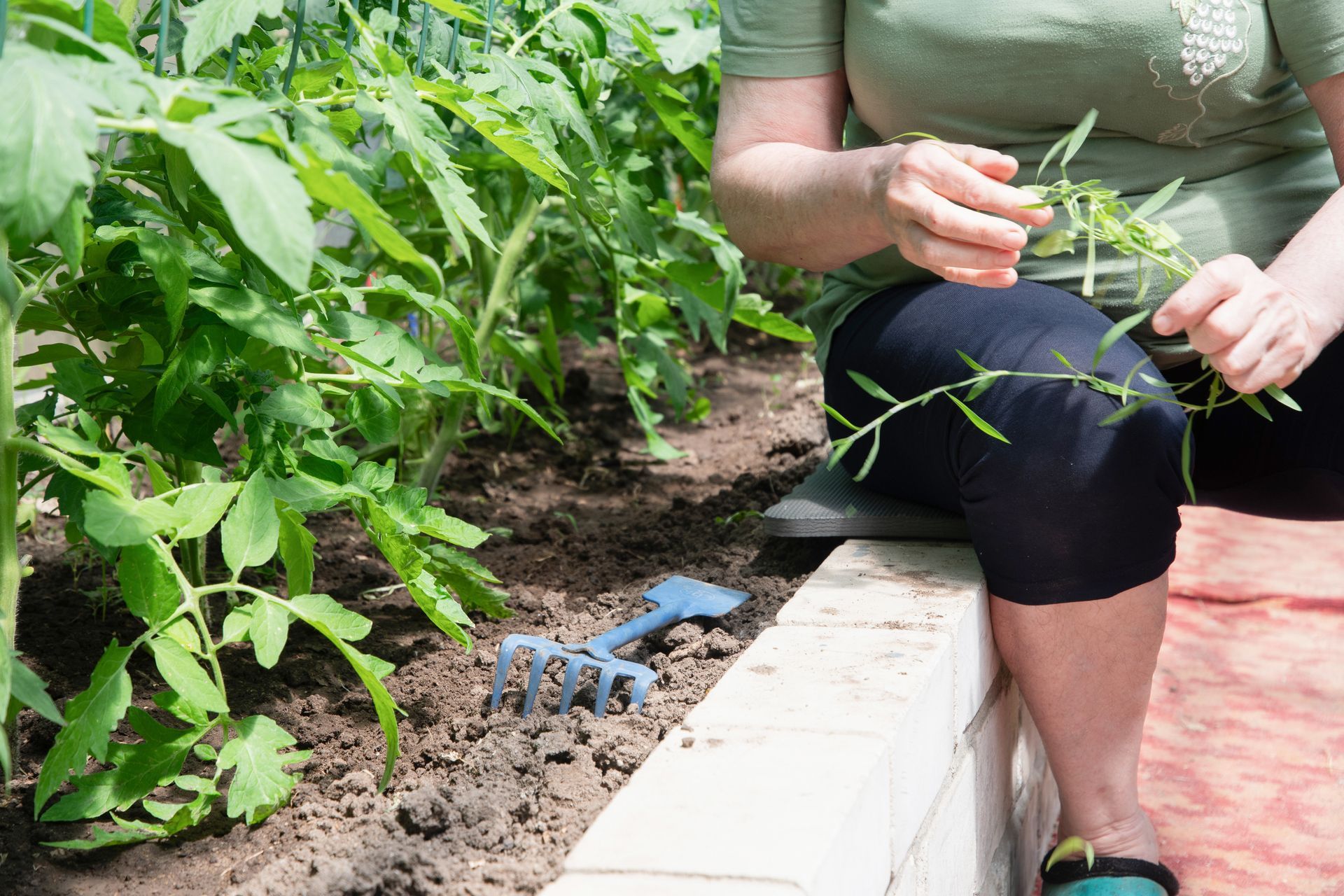
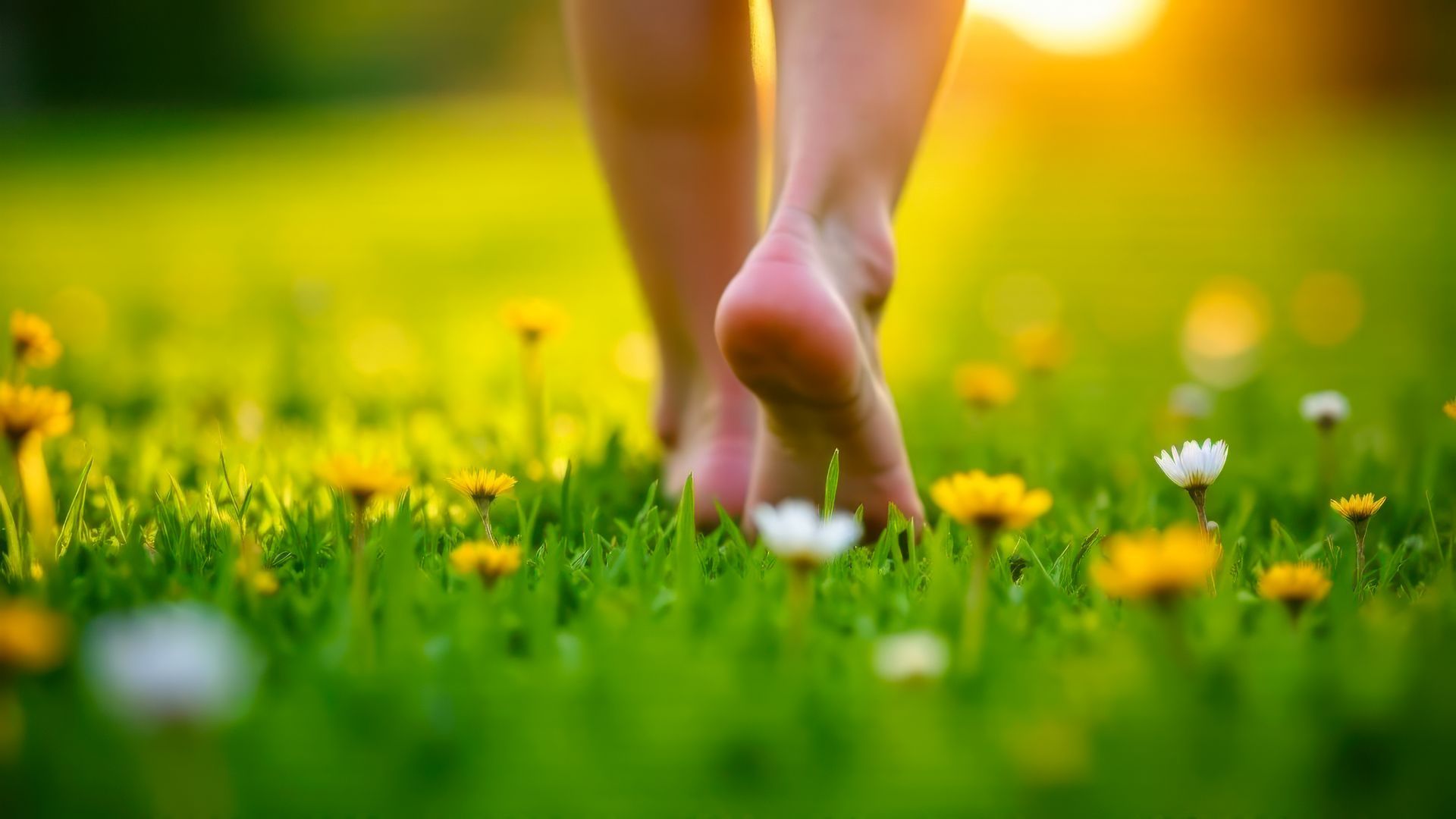
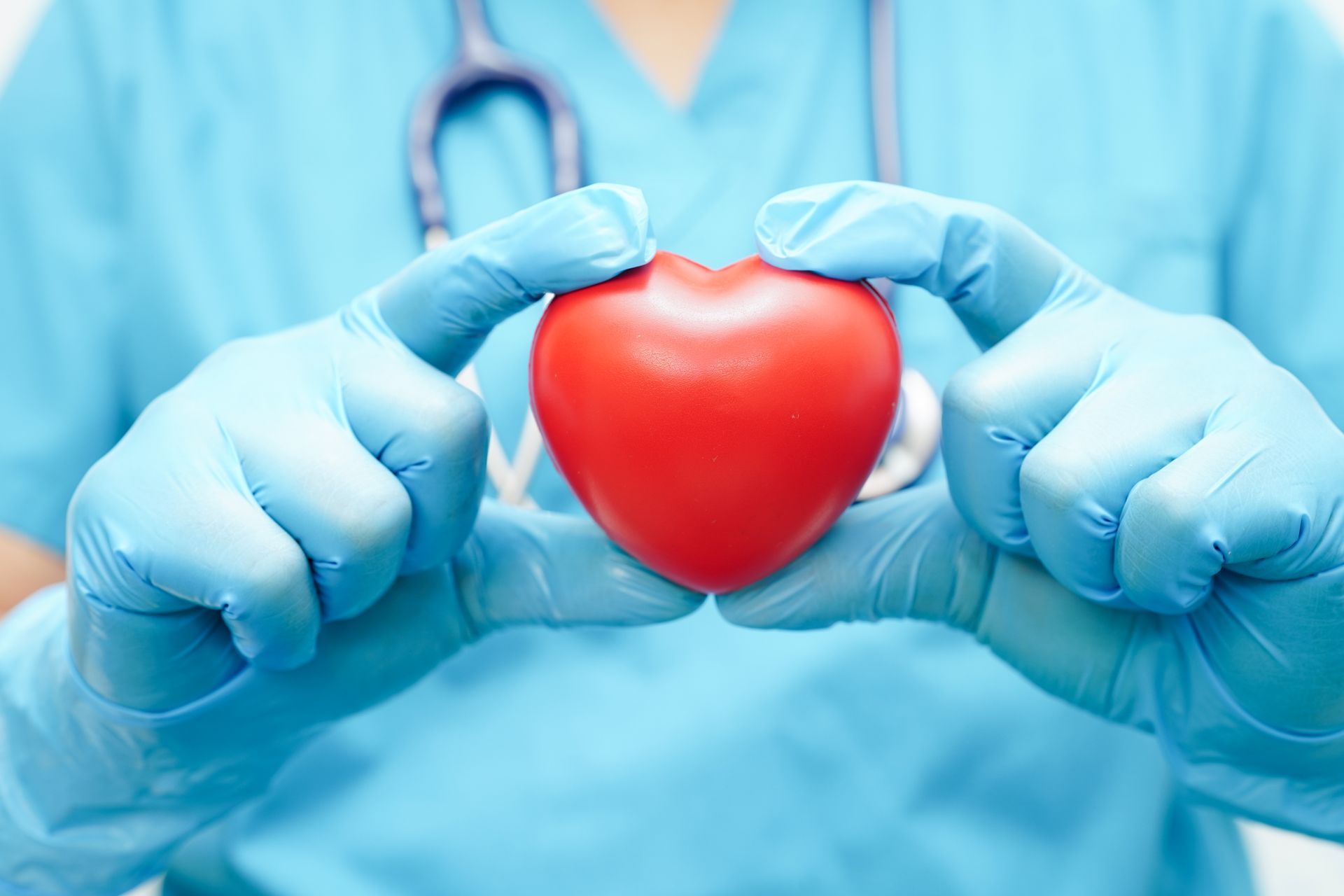
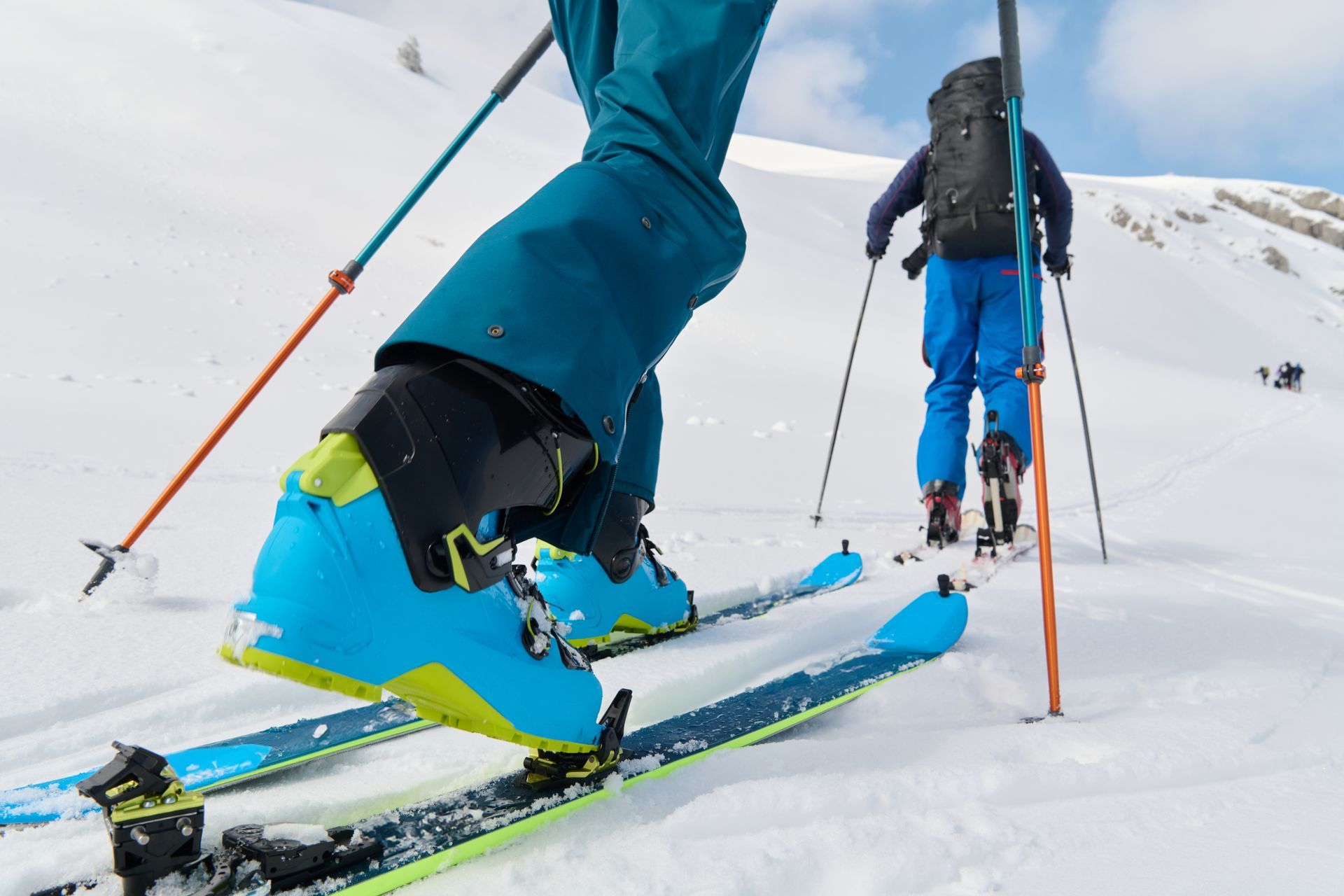

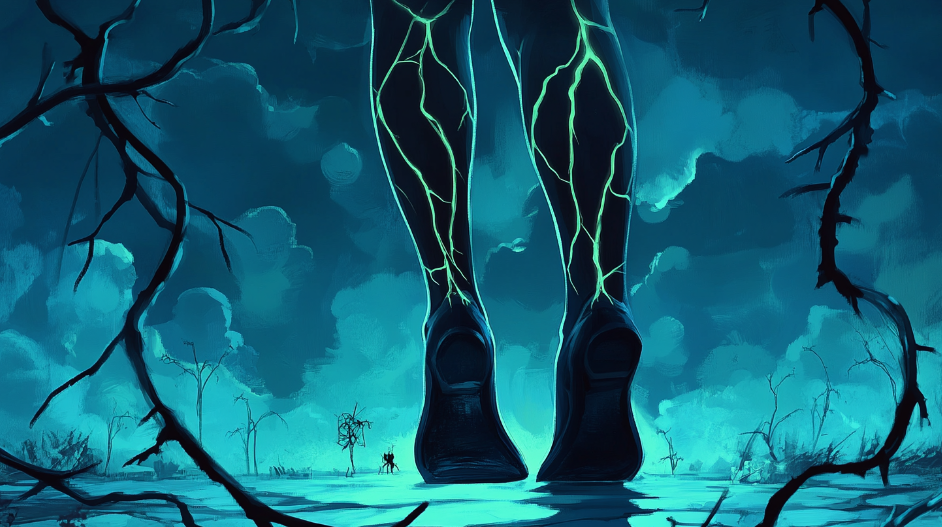

“Our mission is to provide each patient with a comfortable, respectful care as well as delivering the best possible vein treatment."
